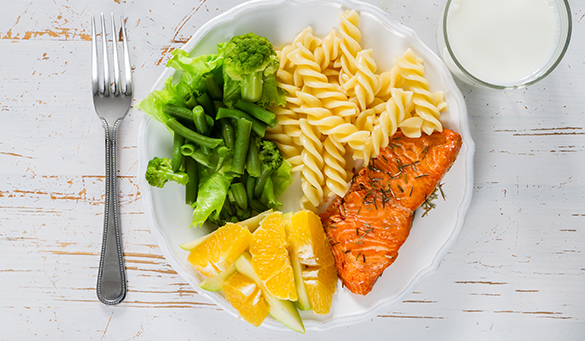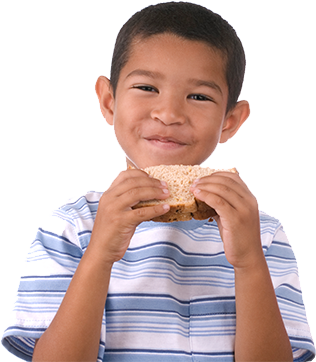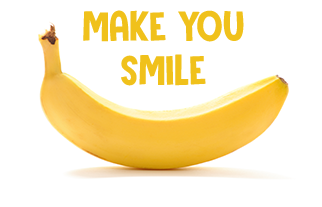Understanding Food Portion Sizes
An important part of eating healthy is knowing how much of any food to eat. Learning the difference between a portion and a serving can help.
So what’s the difference between a portion and a serving? A portion is the amount of food you choose to eat at one time – it’s the amount of food you put on your plate.
A serving is the amount of food used in providing dietary recommendations for making comparisons among similar foods (such as on a food label).
Servings and portions are not always the same. Many foods that come as a single portion (for example a 20-ounce soda) actually contain multiple servings (2.5 servings for that 20-ounce soda).
Pay attention to serving size to help you eat sensible portion sizes.
Portion sizes have grown so much over the past 20 years that Americans no longer understand what a ‘normal’ portion should be. Be sure to check the nutrition label to find out how many serving sizes are contained within a single package of food.
Examples to give you an idea of serving sizes
When a label refers to “one serving,” it really means:
- 1 slice of bread (so a sandwich has two servings of bread)
- ½ cup cooked rice or pasta
- 1 pancake (about the size of a CD)
- 1 small piece of fruit (about the size of your fist)
- ½ cup fruit juice (most small bottles of juice have more than this so make sure to read the label)
- 1 cup of milk or yogurt
- 1 teaspoon of margarine (about the size of half your thumb)
- ½ cup of ice cream (about the size of a baseball)
- 2 ounces of cheese (about the size of a small matchbox)
- 2 to 3 ounces of meat, chicken or fish (about the size of a deck of cards)

Tips to help you control portion sizes at home
Use a plate or bowl. You’ll tend to eat more if you eat directly out of a container or box. Put a handful of crackers on a plate instead of reaching into the box, put ice cream in a bowl instead of eating it out of the carton.
Use a smaller plate. Having a smaller plate may make it look as though there’s more food on it. It’s a way to “trick” your brain into thinking you are getting more.
Eat slowly and enjoy your food. It takes 20 minutes for your stomach to tell your brain that it’s full. Eat a moderate first serving of food. Then, wait a few minutes before going back for seconds – you might find that you’re no longer hungry enough for that second helping.
Tips for portion control when eating out
Know what you’re getting. Restaurant portions have been steadily growing in recent years. Customers want to get a good value for their money, so restaurants serve them more than enough food. Take a good look at when you’re served and compare that to what you know to be a reasonable portion. For example, many restaurants give several servings of pasta as one portion.
Save a half. When you get your meal, visually cut the plate down the middle. Eat one half, and then ask for the rest to go. Not only will you control your portion, but you’ll have a ready-to-go lunch for the next day!
Skip the bread. Take a piece of bread, then ask the waiter to take the bread basket away so you’re not tempted to keep snacking before your meal arrives.
Get dressing on the side. Ask for sauces and dressings on the side. If you can pour it on to your food yourself, you’ll probably use less than if the restaurant were to do it for you.

